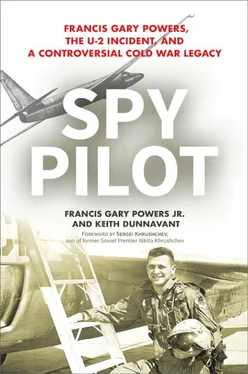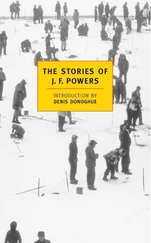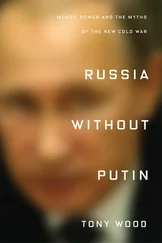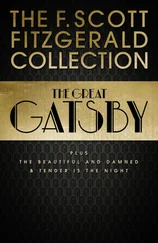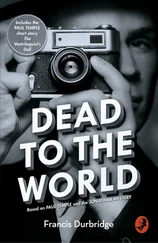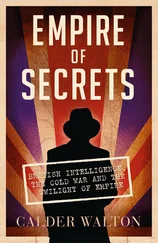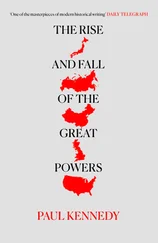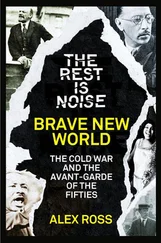As a young man, Francis cut a handsome figure, attracting a steady stream of girlfriends. When he sometimes worked cobbling shoes for his father, business tended to pick up from the young ladies. “My sister and her friends were a little older than me,” recalled Liz Boyd, the daughter of a coal miner, “and they took their shoes in all the time just so they could see him. He was quite a good-looking man.”
Francis developed a reputation as a pool shark, according to his buddy Jack, who later owned a pool room next to Oliver’s shoe shop and was something of a pool shark himself. Francis worked as a lifeguard at the local swimming pool, and he earned good money one summer by helping dig a train tunnel for the coal company. But like many sons of coal miners, he was driven by one especially powerful urge: to escape.
Determined that his son would transcend the dead-end life that had ensnared him, Oliver began planning for Francis’s future when he was still a young boy. He was going to become a doctor. After all, doctors earned good money. They didn’t have to spend their days in a big black hole, filling their lungs with soot. They didn’t have to struggle for everything. To Oliver, it was that simple.
At first, Francis dutifully bought into his father’s grand plan, which led him to East Tennessee’s Milligan College, located about 100 miles south, where he pursued a premed curriculum in the years immediately after World War II. Two or three times during the school year, he took the bus home or jumped a train car, usually hitchhiking part of the way. To help pay for his education, he worked a series of jobs, even accepting part-time employment—against Oliver’s wishes—in the same mine where his father toiled for decades.
One summer he landed a job on a crew building a tipple, a large structure used for loading the extracted coal into railroad cars. “Best job I ever had in those days, in terms of [earning] money,” he said. 5The work was grueling and long: ten hours a day, seven days a week.
Francis was working toward something, but not toward the life his father wanted for him.
“I had been talked into [becoming a doctor] by my dad,” he said. “He wanted me to be a doctor [and I] was an obedient son. But I soon realized, I was not doctor material…. Didn’t think I was cut out for it.” 6
Although he graduated from Milligan on schedule in 1950, Francis rebelled against his father by turning his back on medicine, enlisting in the US Air Force after the Korean War broke out. Oliver was deeply disappointed, but his boy was determined to follow his heart into the wild blue yonder.
After basic training at Lackland Air Force Base in San Antonio, Texas, Francis was assigned to duty as a photo technician, which allowed him to take the second flight of his life. Boarding the Douglas DC-3 to Denver, he grabbed one of the window seats in the first row, so he could look out over the wing. Several months later, he was accepted into the Aviation Cadet program and methodically worked his way through the various stages required to become a fighter pilot. An attack of appendicitis delayed his training for several months, causing him to miss combat in Korea. He graduated from the flight program just before the armistice was signed in 1953. Only later would it become clear that the illness had played a large role in making him available for a very special assignment.

By the time he arrived at Turner Air Force Base in Albany, Georgia, in July 1953, Francis had stopped calling himself Francis, in all but official matters. Most of his friends outside rural Virginia now knew him as Frank, which he thought sounded more manly, and Frank Powers quickly distinguished himself flying the F-84 Thunderjet, a once cutting-edge plane headed toward obsolescence.
Developed by Republic Aviation, the F-84 was one of the earliest American jet fighters, featuring an Allison J35 turbojet engine and capable of exceeding 600 miles per hour. The aircraft played a large role in the Korean War, particularly as a tactical bomber, but it had proven no match in air-to-air combat against the Soviet Union’s revolutionary, swept-wing MiG-15, which was eventually countered by a US Air Force game changer, North American Aviation’s swept-wing F-86 Sabre.
When Powers reported for duty with the 508th Strategic Fighter Wing, part of the Strategic Air Command (SAC), the Pentagon was busy developing a new use for the latest version of the Thunderjet: dropping nuclear bombs.
Eight years after the top secret Manhattan Project successfully harnessed the power of the atom, leading to President Harry Truman’s fateful decision to order the dropping of the world’s first two atomic bombs on the Japanese cities of Hiroshima and Nagasaki, which swiftly ended World War II, the nuclear arms race with the Soviet Union colored every aspect of American defense and foreign policy. The Cold War represented a new brand of tension and risk. Never before in the history of the world had two powerful nations, after spending years stockpiling weapons and perfecting delivery systems, been capable of destroying each other in a matter of minutes. All across America, public-school teachers empowered by Civil Defense authorities regularly led students through so-called duck and cover drills, which became as ubiquitous as poodle skirts and ducktails. Beyond the harsh reality that such defensive maneuvers would have proven useless in a direct hit from a thermonuclear blast, the routine reflected the palpable anxiety infusing the otherwise-placid fifties: Someday, the communists might decide to push the button and ignite World War III.
Nowhere was the philosophical and military standoff of the Cold War more routinely evident than in the divided city of Berlin, Germany.
Since being carved up by the victorious nations of World War II, the onetime Nazi capital had served as the tense frontier between East and West. When the Soviets blockaded highway and rail traffic into free West Berlin in 1948–1949, in an attempt to force the United States, Great Britain, and France to withdraw, the Allies mounted a massive resupply effort to become known as the Berlin Airlift. It was the first test of Western resolve in the face of Soviet aggression, and the Soviets eventually blinked.
By the mid-1950s, with a large contingent of US and Soviet forces permanently stationed on opposite sides of the border, creating a powder keg between superpowers waiting for a struck match, the contrast between the zones was stark: freedom and prosperity on one side, tyranny and poverty on the other. Each year, thousands of East Germans fled communism by slipping across the border, forced to escape with only what they could carry. The Soviet-backed East German government began to consider remedies to stop this mass exodus.
Like many Americans who understood what the city represented, Francis Gary Powers dreamed of someday seeing Berlin.
While preparing for his role in the unthinkable, which included detailed training about the handling of nuclear weapons, briefings about US strategy in the case of war, and instructions on where to report in case of a high-threat alert, Powers participated in survival training at two different bases. He learned how to use a parachute, subsist on limited rations for an extended period, and resist brainwashing from the enemy. He believed in being prepared but hoped he would never have to use any of his newly acquired knowledge.
Like Powers, Ohio native Tony Bevacqua was determined to become a pilot. The Air Force initially turned him down, because he had attained only a high-school diploma, causing him to start out as an enlisted man, painting insignias on T-6s and B-25s. When the supply/demand curve turned in his favor, producing a temporary relaxation of the rules, Bevacqua quickly moved through Aviation Cadet training, eventually winding up at Turner, where he shared a four-bedroom house about two miles from the front gate with three other pilots: Wes Upchurch, Vic Milam, and Frank Powers.
Читать дальше
